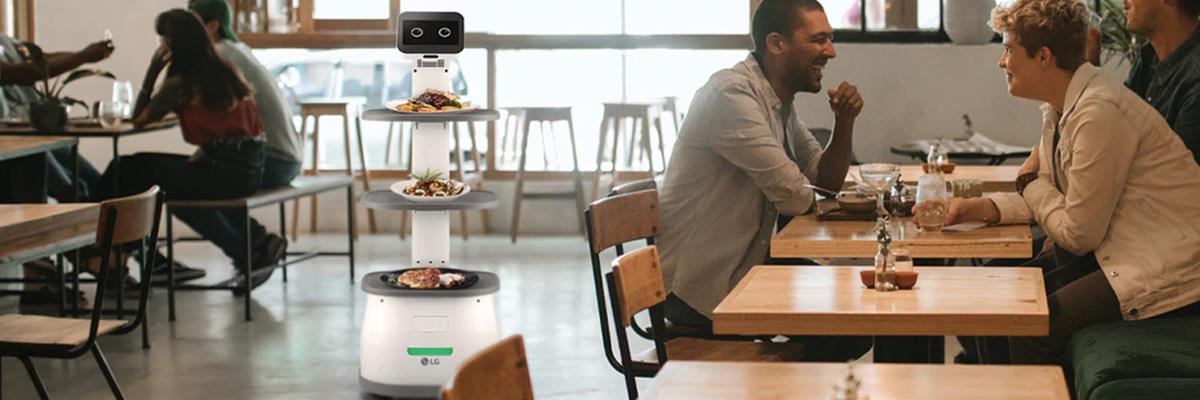Sponsored by LG Business Solutions
Ever since the first modern robots were developed in the 1950s, the public’s fascination with autonomous machines has varied from excitement and hope to hesitance and fear, and everything in between. In the following decades, single-purpose robots began showing up on factory floors and in mailrooms, and average citizens grew more comfortable and familiar with digital technologies forming a central part of home life. While the dancing, jumping, self-navigating robots of today were still decades away, the controversy then was much the same: workers worried that machines might eliminate their jobs.
The meaning of the term ‘robot’ has also changed over time, with autonomous vacuum cleaners, lawn mowers and self-driving cars all falling under the modern umbrella of robots. At the same time, other autonomous machines are in development to perform surveillance, respond to emergencies in dangerous locations, deliver packages, assist in hospitality and retail establishments, and even perform surgery. Looking forward, it’s all but assured that robots and intelligent machines will exponentially advance in both their capabilities and their integration into daily human activities.
As history has shown time and time again, technological advances can disrupt entire industries and remove some tasks from the hands of human operators. However, the systemic effect is that machines are leveraged to make individual workers more productive, allow for the completion of previously impossible tasks, and free up human resources to handle more complicated or mentally-demanding work. In many cases, these changes also create entirely new industries, such as the need for robot Maintenance.
Read the entire article to see how robot technology is evolving and moving into the restaurant scene, allowing employees to focus on customer care and the guest experience.



